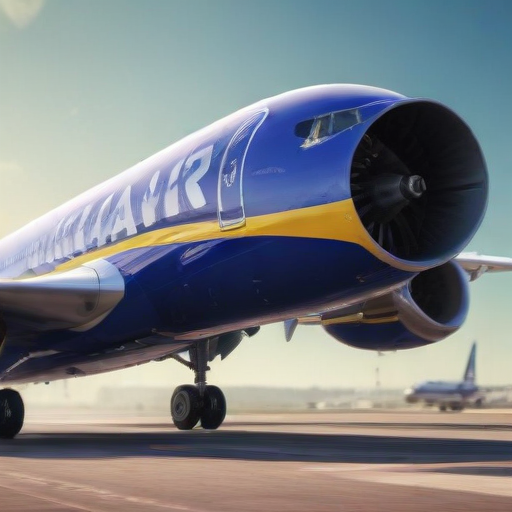Ryanair is expressing disappointment with its recent business performance, which has led to dissatisfaction among investors. The Irish budget airline’s stock has decreased by 17% following a quarterly earnings report that fell short of expectations. The company’s revenue for the period reached €3.6 billion ($4 billion), remaining stable compared to the previous year. However, profits saw a significant decline, dropping nearly 50% to €336 million.
CEO Michael O’Leary reported a notable increase in passenger traffic, with a rise of 10% to 55 million customers. Despite this growth, he indicated that attracting these passengers is becoming increasingly challenging and requires extensive effort. O’Leary mentioned that the demand for flights, particularly during the peak summer months of July, August, and September, has been disappointing, with close-in fares not meeting expectations.
The airline is also grappling with higher labor costs and ongoing delivery delays from Boeing, which O’Leary has criticized for years. Although he has maintained a supportive stance toward the company following a mid-flight incident involving a Boeing 737 Max 9, he continues to urge improvements in their delivery schedule.
Amid these challenges, O’Leary observed that consumers in the European Union appear to be feeling the effects of prolonged inflation and sluggish economic growth. He suggested that a reduction in planned aircraft capacity for the summer of 2025 might not be detrimental given the current economic landscape. O’Leary stated, “If the consumer is going to be under pressure for the next year or 18 months, that might not be the worst place to be,” reflecting a cautious optimism about the airline’s potential to navigate these turbulent times.
This situation presents an opportunity for Ryanair to reevaluate its strategies and adjust to shifting market conditions. By focusing on cost management and operational efficiency, the airline may be able to emerge stronger in the face of economic pressures.
In summary, Ryanair is confronting various hurdles, including decreased profits and intensified market competition. However, the company’s ability to adapt its capacity and improve operational efficiency may position it favorably as it navigates the challenges ahead.
